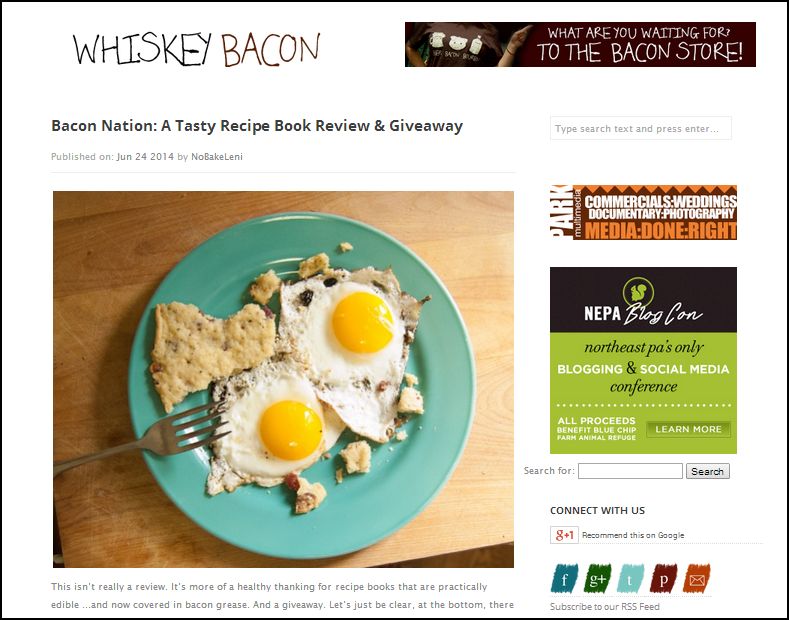Awareness is defined as knowledge or perception of a situation or fact. The definition of self awareness, is conscious knowledge of one’s own character, feelings, motives, and desires. The combination of these two concepts, is becoming increasingly paramount to the success of today’s learner, as individual agency is facilitated through the integration of technology in education.
As stated in The Arc of Life, the goal is to “take the outside in, make it part of ourselves, and recreate it”. This movement is the basis of a never ending cycle that begins from the day we are born, and continues until the day we die. Whether or not people are aware of this, is a different story, however it is our duty as educators to facilitate this great awakening not only in others – but in ourselves.
Before this course, I understood that there was no universal learner. Utilizing technology as an alternative to the classroom, admittedly, has always been a personal point of contention. By eliminating traditional face-to-face interaction, there is the potential for inadequacies to emerge in the development of the tacit skills necessary to function in an offline world. People are enamored by the concept of learning online, and while it is important to convey enthusiasm in this budding field, such unbridled tendencies can easily overshadow deficiencies in implementation. We must be cautious, and always question our underlying motivations, for as Voltaire once said, “With great power, comes great responsibility”.
Emerging Web Technologies and Learning, marks a personal milestone for me, as this was my first online class. Early on, I found that tools were the biggest differentiator between online and offline learning, and as such, have been the focal point of this course. These tools act as mediating artifacts, which regulate how we view and interact with our world. Because of this, it is important to understand the motive-object, in order to utilize tools that will help one reach a specific goal. Going back to the concept that there is no universal learner, we also must extend the same courtesy to the Web 2.0 technologies that we decide to adopt in the classroom.
Understanding that tools are an extension of the learner, allows them to derive individual meaning as a result of these interactions. Just as a hammer can have multiple roles depending on the hand that wields it, so can Web 2.0 tools in the classroom. Twitter for example, can be used solely to monitor trends, question influencers, collect thoughts, or share insights – or generally speaking, all of the above. The flexibility of such tools, allows for not only a unique platform identity to emerge, but for the identity of the participant as well.
Coupled with self awareness, Web 2.0 tools have the advantage of providing a fluid testing ground for exploration, experimentation, and implicit learning. While it is the learner’s responsibility to realize where they want to go, this is contingent upon their ability to evaluate what they need to know, in order to get there. Through advancements in online learning tools and their potential to navigate traditional roadblocks, the capacity to move from point A to point B, manifests itself in the form of questioning. By allowing us to get beyond learning curves associated with usability, additional emphasis is thus given to thoughts and ideas vs. the construction of mental knowledge-bases.
This concept was especially evident in Week 8, and the Theory of Knowledge class. Through utilization of a Socratic circle, all individuals were given a chance to participate. Even though experience with Twitter varied greatly, outsiders were able to glean valuable takeaways and directly engage in the learning processes. The same experiences became evident over the course of working with my blog group. Our shared knowledge made for a functional dynamic that allowed for everybody to participate in learning processes, while showcasing knowledge in our respective areas of expertise.
In the beginning, I couldn’t help but feel like I missed out on getting to know other members of the class. By the end however, I realized how much time was spent in order to understand the individual perspectives of those in my blog group. The concept of small group work, was one that I was not expecting, as my own assumptions surrounding online learning focused on large class sizes, impersonal interactions, and an emphasis on deliverables. The organization however, provided a certain level of consistency that helped facilitate increased interaction, and a mutual respect of our individual standpoints.
By learning to understand different applications of familiar tools, I was allowed to question my original assumptions, and derive new meanings as they pertain to learning environments and beyond. In this way, each participant was able to switch between taking on the role of the learner and the teacher. This concept was mirrored in becoming a networked learner/teacher, emphasizing the importance of becoming a life-long learner in the ever-changing world of Web 2.0 technology. If we one day hope to educate others through these tools, we must be able to facilitate the growing number of ways in which they can be utilized.
In my previous class, I feel like one of my biggest takeaways was experience, and how it is uniquely different from person to person. Such an emphasis on the individual is challenging within interpersonal relationships, let alone acknowledging such differences in education. This course however, effectively built upon this principle by demonstrating a working model of individual agency within a learning environment. By demonstrating that it is not necessary to conform to traditional dynamics, Web 2.0 technology is affording us the ability to re-write the rules, and create curriculums that challenge and advance the learners of tomorrow.



